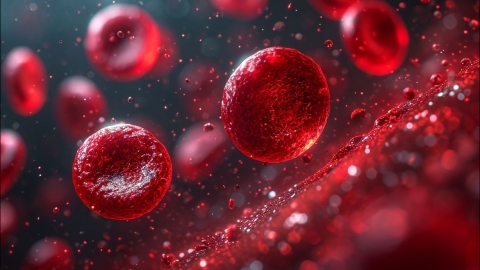What type of blood should be transfused for severe anemia?
Generally, severe anemia is primarily treated with transfusions of concentrated red blood cells. In special circumstances, whole blood or other blood components may be required depending on the underlying cause. If any abnormalities occur, prompt medical attention is recommended. The detailed analysis is as follows:

Most patients with severe anemia mainly receive concentrated red blood cell transfusions. This blood component has most of the plasma removed, allowing for efficient red blood cell supplementation and improved oxygen-carrying capacity of the blood, thereby alleviating hypoxia-related symptoms such as dizziness, fatigue, and shortness of breath. It is particularly suitable for conditions involving isolated red blood cell deficiency, such as iron-deficiency anemia and megaloblastic anemia, minimizing plasma infusion and reducing the risk of circulatory overload.
In certain rare situations, the type of transfusion needs to be adjusted. For example, in cases of severe anemia accompanied by massive blood loss (such as from trauma or surgical bleeding) leading to significantly reduced blood volume, whole blood transfusion is necessary to simultaneously replenish red blood cells and plasma, rapidly restoring both blood volume and oxygen-carrying capacity. If anemia is complicated by coagulation disorders, plasma or platelet transfusions may also be required to correct clotting abnormalities and prevent worsening bleeding.
Prior to transfusion, strict blood typing and cross-matching tests must be performed to ensure transfusion safety. Vital signs should be closely monitored during the transfusion, and any adverse reactions such as fever or chills should be immediately reported to healthcare professionals.







